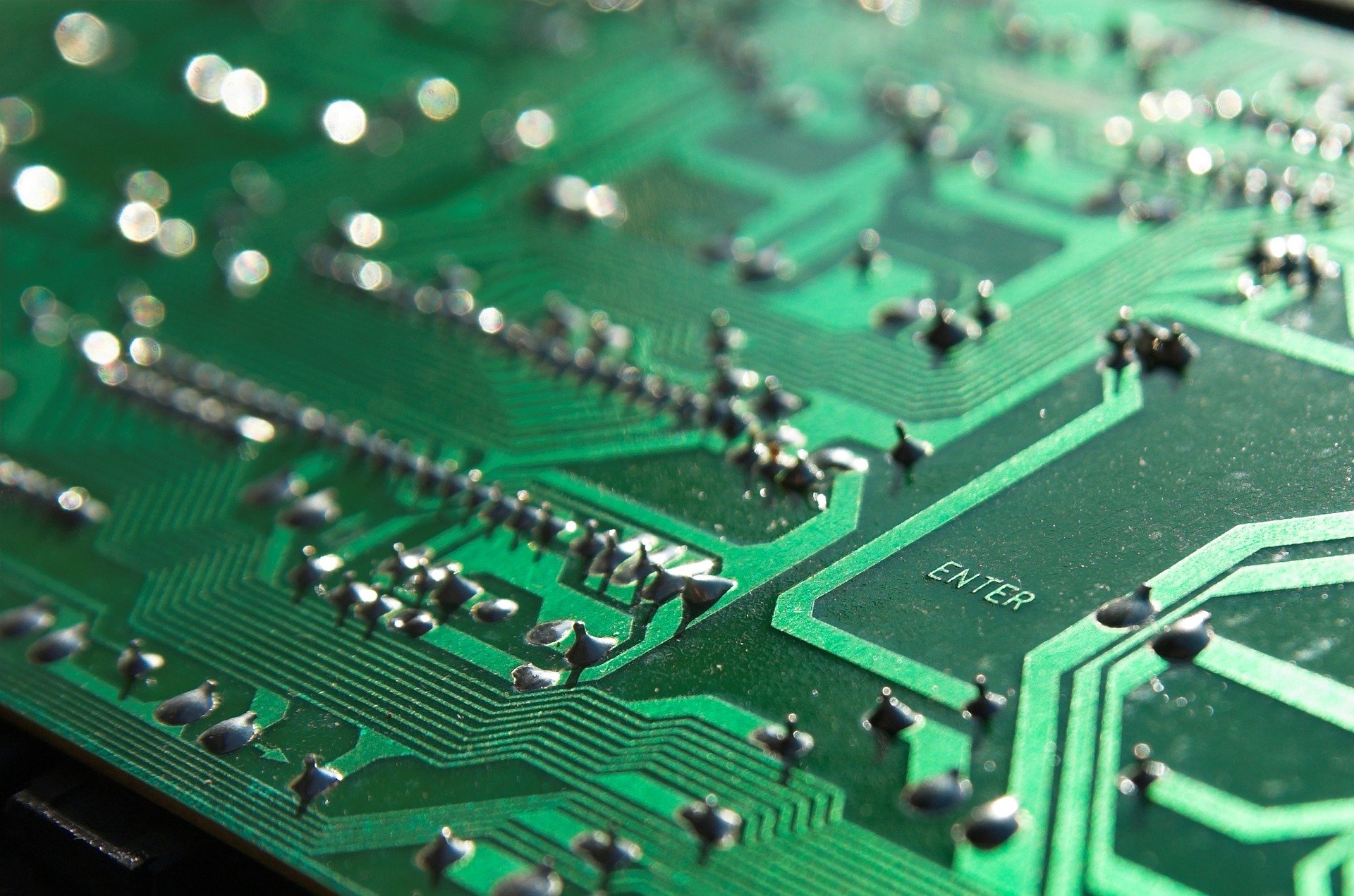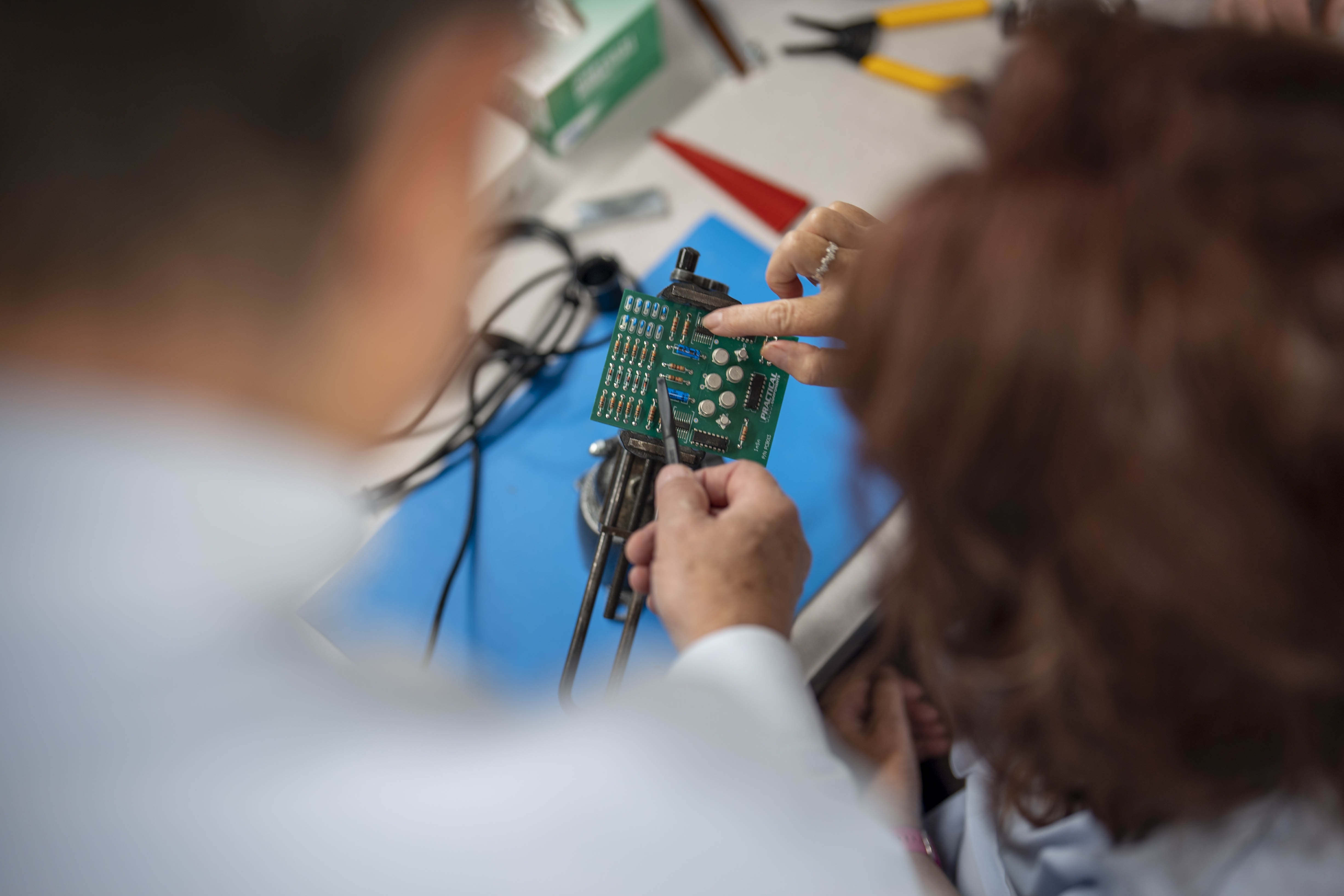The idea of stretchable electronics isn’t new. In fact, the dream of flexible electronic equipment in everyday applications like clothing is nearly as old as electronics itself. However, while it’s easy for science fiction writers to fantasize about a Jestson’s-style integration of circuitry, the realty is far trickier.
The challenges of a truly flexible circuit-board have perplexed electrical engineers for decades. Synthesizing materials that are flexible, durable, and conductive is no easy feat. Fortunately, material and electrical engineers have made significant headway with developments in a variety of substances that allow for malleability and conductivity. A research report by IDTechEx, predicts the stretchable electronics industry will become a $600 million market by 2027. The primary advances that have opened the door to a wider stretchable electronics market are material synthesis, circuitry design, and fabrication methods. Below we’ve outlined what’s new with the tech and the potential applications on the horizon.
Substrate: Replacing the circuit board
At their core, stretchable electronics still require the same key components of traditional electronics. All circuitry is made of an active layer (the conductors that perform the electrical function of the device), and the substrate (the insulating material that the active layer is built on). Since the dawn of electrical engineering, conductors and electrodes have been fabricated into rigid substrates made out of a variety of materials. The first challenge to conquering stretchable electronics is to make the classic circuit board flexible. To achieve this end, researchers at MIT developed remote epitaxy, known as the “peel and stack” method. The key to this process is the near magical material known as graphene, a substance made of pure carbon that is over 200 times stronger than steel. Despite its durability, graphene is still incredibly flexible which lends itself perfectly to the stretchable electronics movement. In the “peel and stack” method, engineers “grow” the graphene material around the circuitry components.
Active Layer: Flexible Conductors
For the active layer, researchers experimented with a variety of materials such as metal nanowires, conductive carbon nanomaterials, and conductive polymers. They’ve also engineered circuitry into a variety of configurations. The shape of the conductive layer can vary depending on the application, with some circuitry taking on fractal designs, wavy configuration, or a horseshoe shaped planar structure. For most applications the final circuitry must be able to operate at full capacity with up to 25% malleability. Chinese researchers have developed an alternative method to the “peel and stack”, that involves using liquid metal alternatives to traditional conductors (copper, silver, and gold). In the material referred to as metal-polymer conductor (MPC), a gallium and indium “syrup” is encased in a silicone-based polymer. This method allows for “printable” circuitry with very promising potential in the field of biotech.
Flexible Electronics Applications
The industry applications for flexible circuitry are enormous. A study by Duke University shows that advances in the production methods have reduced the cost of flexible electronics enough to allow for mainstream adoption amongst general consumers. With the cost barrier minimized it’s only a matter of time before flexible circuits find their way into clothing and personal accessories to help athletes monitor performance, individuals with medical conditions monitor key vital signs, and for a variety of leisure and entertainment applications.
Beyond consumer goods, flexible electronics have many promising applications. Military researches are developing tools to remotely monitor soldiers’ health and well-being, conduct real-time weather condition assessments, and develop flexible, durable, communication devices. In marketing and communications, paper thin circuitry offers an eye-catching opportunity for digital leaflets and brochures. In the food industry, cheap microscopic sensors can be applied to perishable food items to monitor temperature. Perhaps no area offers as much potential for flexible electronics as the medical industry, where researchers are exploring a wide range of applications for patients with heart conditions, diabetes, and neurological disorders.
Manufacturers that keep their skills and that of their staff up to date will benefit immensely from this growth market. To do our part during this challenging time EPTAC has expanded our IPC certification programs to include eTraining options and remote proctoring for certification and recertification courses. In addition to our classroom and onsite training programs, you can enjoy the convenience of online training with live interaction and instruction from EPTAC’s Master Instructors.
About EPTAC
For over 30 years, EPTAC has been a leading provider of solder training and IPC certification. We provide professionals with the tools and training they need to advance their careers and improve their businesses. With 19 locations across North America, our solutions and instructional staff provide easy access to knowledge that will enhance your business model and help you meet and exceed industry demands. For more information call 800.643.7822 or contact us.






